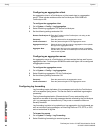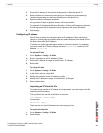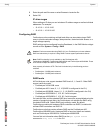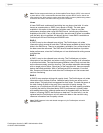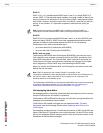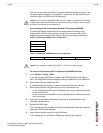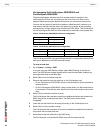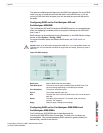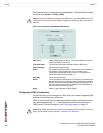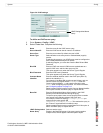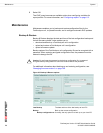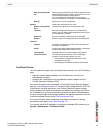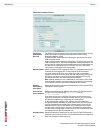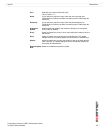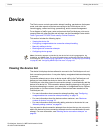
FortiAnalyzer Version 3.0 MR7 Administration Guide
68 05-30007-0082-20080908
Config System
RAID settings can be configured from the Dashboard, in the RAID Monitor widget
as well as from System > Config > RAID.
Figure 33: FortiAnalyzer-2000/2000A RAID settings
Configuring LDAP connections
On the LDAP tab, you can configure an LDAP query to an industry standard LDAP
or Windows Active Directory (AD) server.
LDAP queries can be used to create reports whose scope is restricted to include
only log messages whose user= field matches user names retrieved from an
LDAP server. For more information, see “Configuring reports” on page 113.
!
Caution: Back up all data before changing the RAID level. If you change RAID levels, the
FortiAnalyzer unit reformats the hard disks to support the new setting, which may result in
data loss.
RAID Level Select a RAID level from the list. The current RAID level is shown
as the first RAID level in the list.
Total Disk Space The amount of disk space available within the RAID array.
Free Disk Space The amount of free disk space.
Disk # The number identifying the disk. These numbers reflect what disks
are available on the FortiAnalyzer unit. For example, on a
FortiAnalyzer-4000/4000A, there would be 1-12, whereas on a
FortiAnalyzer-2000 there would be 1-6.
Size (GB) The size of the hard disk.
Status The current status of the hard disk. For example, OK indicates that
the hard disk is okay and working normally; Not Present indicates
that the hard disk is not being detected by the FortiAnalyzer unit or
has been removed and no disk is available; Failed indicates that
the hard disk is not working properly.
Apply Select to apply changes to RAID settings.
!
Caution: By default, the LDAP query occurs over a standard LDAP connection. For secure
query (TLS or LDAPS) options, see the FortiAnalyzer CLI Reference.



